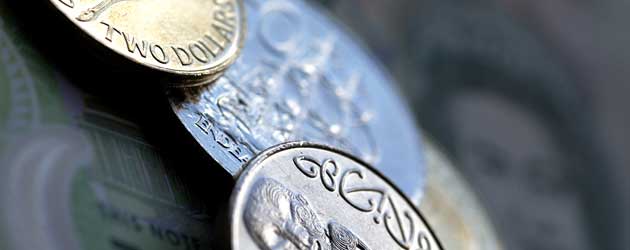
The Pound to New Zealand Dollar declined by just over a cent from 1.9980 to 1.9860 yesterday as officials reported that the country’s largest dairy exporter does not have a problem with botulism-causing bacteria.
At the beginning of August Fonterra announced that some of its products had been affected by a dirty pipe, leading to some whey protein concentrate to be contaminated with a poisonous bacteria, Clostridium botulinum. The revelation contributed to a five-cent decline for the New Zealand Dollar against the Pound as traders speculated over the possible effects of the scandal.
Dairy exports account for around 7% of the island nation’s economy and the Fonterra Group processes nearly 90% of the country’s milk. China, Russia, Kazakhstan and Belarus all imposed bans on Fonterra products at the start of the month, which threatened to take a huge chunk out of New Zealand’s economic output.
However, reports released yesterday from the New Zealand Ministry for Primary Industries confirmed that the organism was in fact Clostridium sporogenes, and therefore not capable of producing botulism-causing toxins. The good news led to a renewed swell of demand for the ‘Kiwi’ currency as investors poured their faith back into the New Zealand economy.
Although NZD managed to knock-up a 1.2 cent gain yesterday the ‘Kiwi’ Dollar is still trading close to a yearly low against the Pound. The threat of Western military intervention in Syria, in response to an alleged chemical attack on civilians by the Assad regime, has caused global risk appetite to tank this week, having a decidedly negative impact on the commodity-correlated New Zealand Dollar.
Demand for volatile currencies such as the ‘Kiwi’ has also remained weak in recent weeks due to speculation that the Federal Reserve is on the verge of cutting its expansive $85 billion a month quantitative easing scheme. Last week’s FOMC statement did nothing to quell these fears and it looks as if a small tapering of asset purchases will take place in September. This is likely to weaken the New Zealand Dollar further.
GBP/NZD is relatively flat on the week, whereas GBP/AUD is around one cent higher. Other risk-correlated currencies such as the Indian Rupee and the South African Rand are significantly lower. GBP/INR is currently 7 cents higher and GBP/ZAR reached a fresh 5-year high earlier this week.
The Pound escaped relatively unscathed from a potentially damaging statement from Bank of England Governor Mark Carney yesterday. Carney struck a dovish tone with regards to the UK economy, reiterating his opinion that it will take a long time for the British Unemployment Rate to fall to 7.0%. The BoE Governor also stressed that 7.0% is a threshold and not a target, indicating that interest rates will not automatically be hiked when the labour market improves to this objective.
Although the Central Banker attempted to temper interest rate hike speculation, markets were not convinced that the BoE will be able to keep the benchmark interest rate at its current record low of 0.50% for another three years. Interest rate bets show that investors still predict a rate hike before the end of 2015 and this led to increased demand for Sterling on the currency market.
Later on today the US second quarter GDP is expected to be confirmed at 0.7% quarterly growth, however, any deviation from the market consensus could have implications for the New Zealand Dollar in relation to the imminent Fed taper. A stronger-than-anticipated result is likely to hurt the ‘Kiwi’ as taper speculation improves, whereas a weaker-than-expected print could push back taper bets and therefore bolster demand for riskier assets across the globe.

Comments are closed.